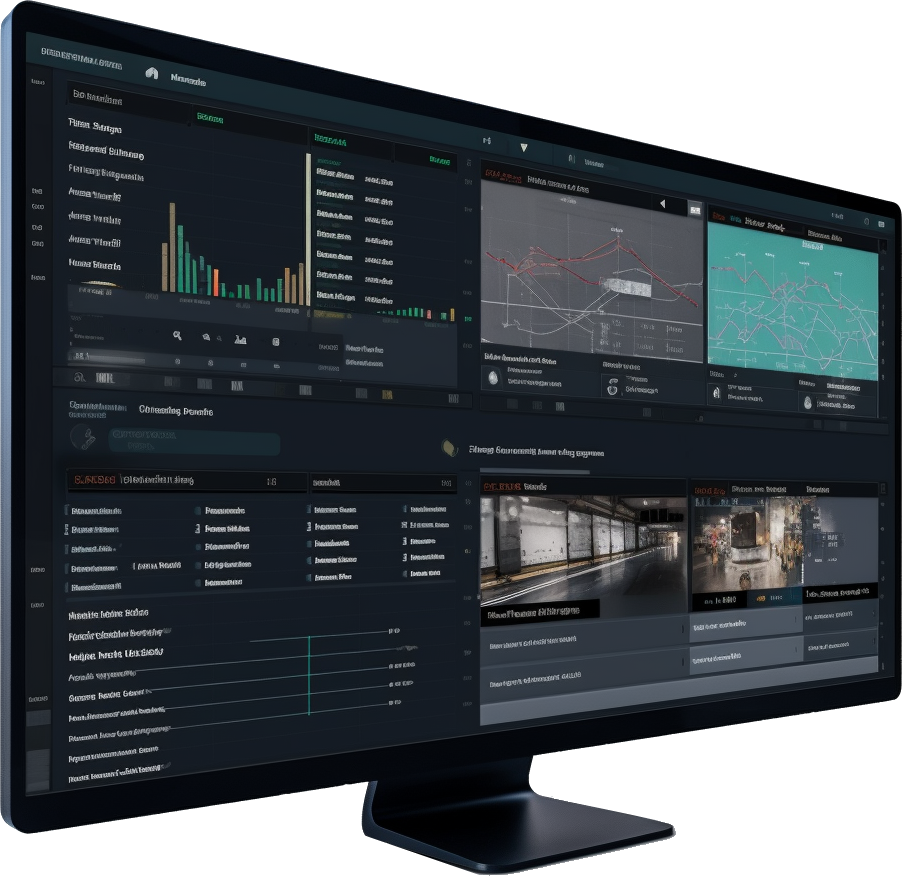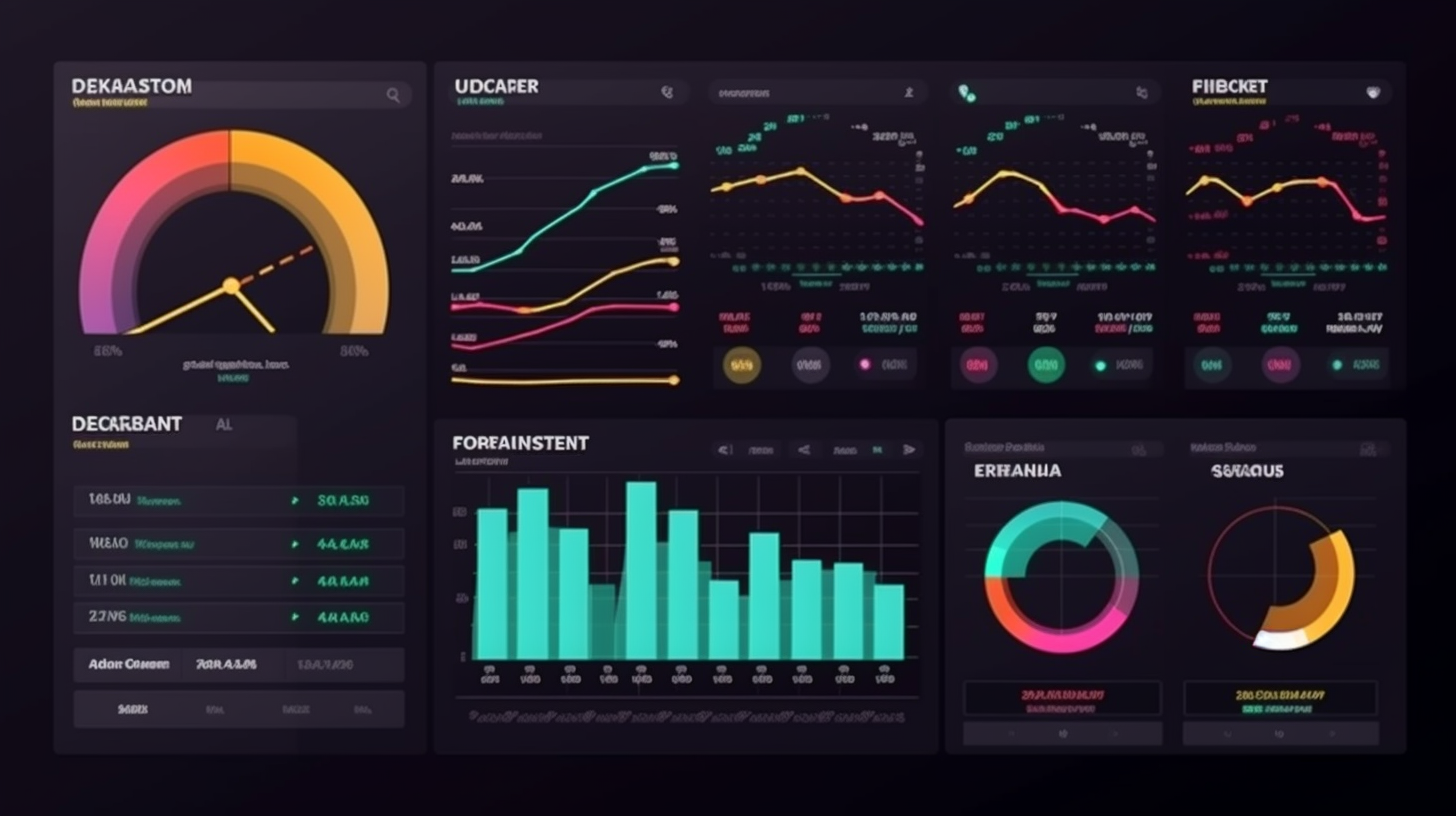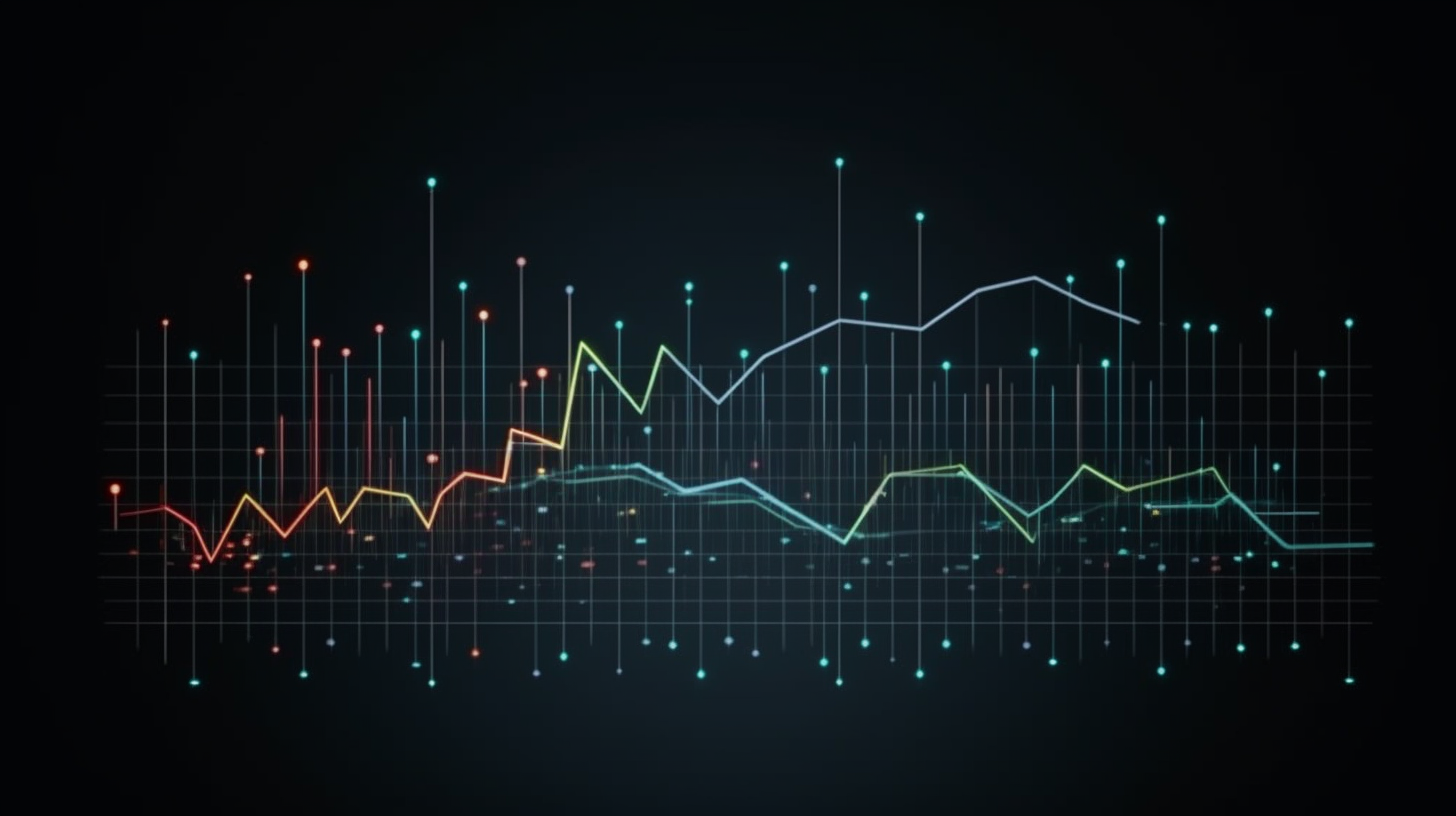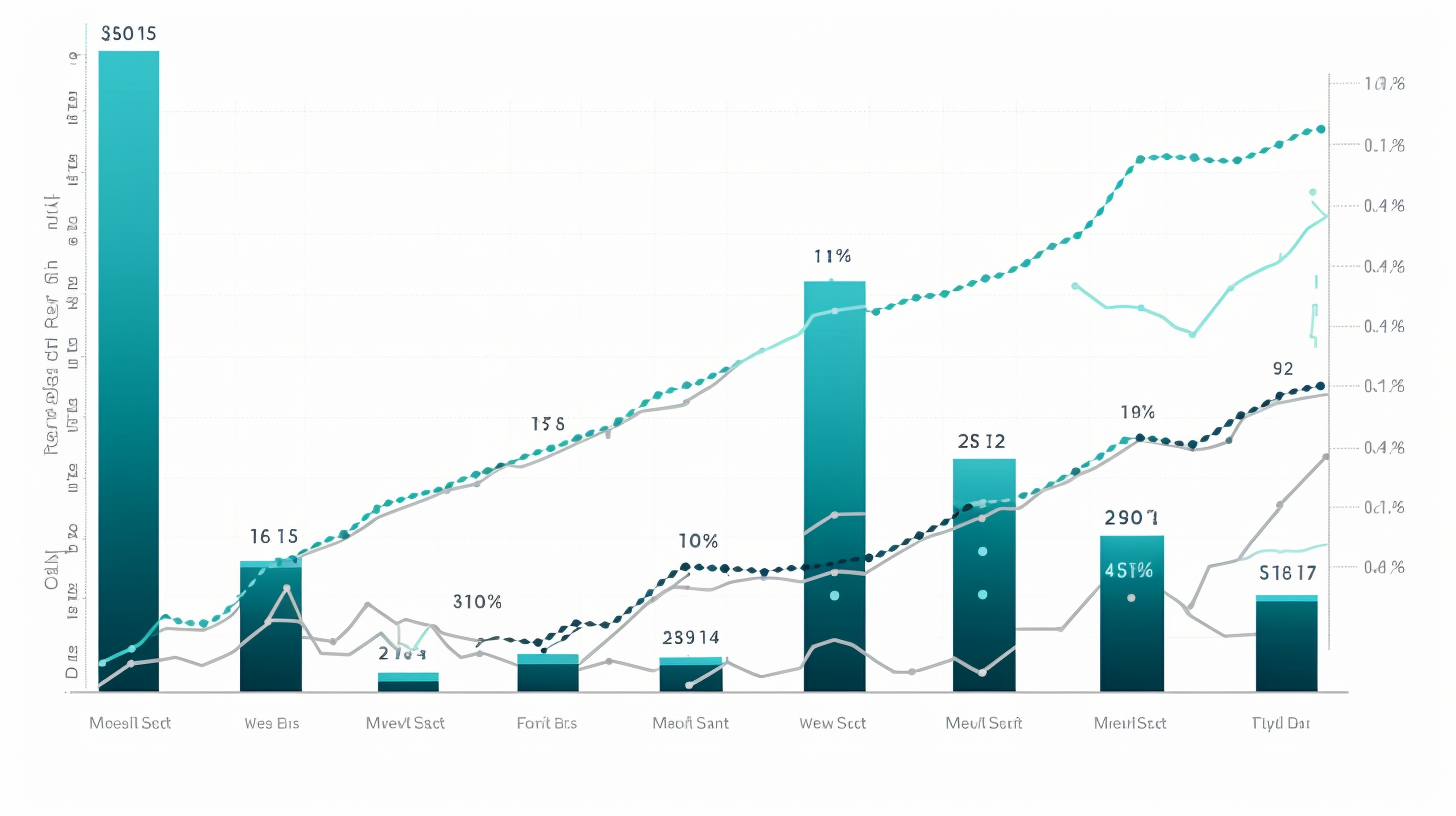Creating Apps with Cutting-Edge Ai Algorithms using modern technologies
By using its advanced Ai algorithms and trade execution technologies – DEX is a world leader app developer in the day trading niche.
Learn more

DEX
What We Do
Revolutionizing Trading with Algorithms and Execution Technologies
- Develop trading algorithms and trade execution technologies
- Create auto trading projects
- Innovate in the trading technology space
Embarking on Immediate Momentum Ai: A Game-Changer in Crypto Trading
Immediate Momentum introduces a significant shift in day trading with its advanced, user-friendly app. It provides high-end features, real-time market analysis, and AI-powered forecasts, setting a new standard in the trading world. Notably, its simplicity and ease of navigation make it a top choice for traders at all levels. The Immediate Momentum App and Immediate Matrix versions cater to everyone, from those new to crypto trading to seasoned experts. Embark on a thrilling and dynamic cryptocurrency trading journey.
In addition to Immediate Momentum, the trading landscape is enriched by several other platforms, each with its unique offerings and strengths.
Immediate Matrix is celebrated for its security and sophisticated trading tools, while Immediate Maximum introduces groundbreaking social trading features, and Immediate Unity Profit offers a seamless experience for those looking to diversify across different asset classes.
Immediate Gains Pro is the go-to for high-frequency traders thanks to its fast execution and low fees. Instant Boost Ai enriches the trading community with extensive educational resources, making it ideal for newcomers. Meanwhile, Immediate Access Pro allows for a highly personalized trading experience with its customizable alerts and dashboards.
Intro
Discover Advanced Trading Technologies
Trading algorithms and trade execution technologies have become an essential part of the modern trading landscape. These innovative tools bring the potential for improved trade performance, increased efficiency, and a more streamlined trading experience. As an individual or institutional trader, you’ll appreciate the benefits of automating trade management and reducing human error. By using advanced algorithms to analyze market data and execute trades, you can stay ahead of the competition and maximize your profit potential. Furthermore, auto trading projects offer the advantage of risk control, ensuring that your investments are managed in a way that aligns with your overall strategy. Don’t miss out on the opportunity to transform your trading experience with these cutting-edge tools and technologies.


Automated Portfolio Management
Automating your portfolio management can save you time and effort while enhancing your investment strategy. Our auto trading projects utilize intelligent algorithms to monitor, analyze, and adjust your portfolio according to your predefined rules and risk tolerance. This ensures that your investments are always optimized and aligned with your financial goals.
Algorithmic Risk Management
Proper risk management is crucial for successful trading. Our algorithmic risk management solutions help you control risk exposure by setting stop-loss orders, position sizing, and diversifying your investments. By integrating these advanced techniques into your trading strategy, you can protect your capital while pursuing profit opportunities.


Quantitative Trading Strategies
Our quantitative trading strategies leverage mathematical models and statistical analysis to identify profitable trading opportunities in the market. By employing these data-driven techniques, you can exploit market inefficiencies and enhance your trading performance with a systematic and disciplined approach.
Backtesting and Optimization
Backtesting and optimization are essential steps in developing a successful trading algorithm. Our services include rigorous backtesting to evaluate the performance of your algorithm on historical data and fine-tune its parameters to maximize its potential. This process helps you gain confidence in your trading strategy and ensures it’s ready for live trading.


Trading Infrastructure and Connectivity
A robust trading infrastructure and reliable connectivity are crucial for the seamless execution of your trades. We provide state-of-the-art infrastructure solutions that ensure high-speed execution, reduced latency, and secure connectivity to major exchanges and liquidity providers, enabling you to stay ahead in the competitive trading landscape.
Algorithmic Trading Education and Support
Education and support are key components of our service offering. We provide comprehensive resources, training materials, and expert guidance to help you better understand the world of algorithmic trading and make informed decisions about your trading strategies. Our dedicated support team is always available to assist you with any questions or concerns.

How it works
Easy to get started
Getting started with our algorithmic trading and trade execution technologies is a simple and straightforward process. Follow these three easy steps to begin your journey towards a more efficient and profitable trading experience.
Consultation
The first step in getting started is a consultation with our team of experts. We’ll discuss your trading goals, strategies, and requirements to gain a thorough understanding of your needs. This will help us tailor our services and develop a solution that aligns with your objectives.
Customized Solution Development
Based on your consultation, our team will work diligently to create a customized trading solution that meets your specific needs. This may include developing custom trading algorithms, implementing high-speed trade execution technologies, or setting up automated portfolio management systems.
Implementation and Support
Once your custom solution is ready, we’ll seamlessly integrate it into your existing trading platform or tools. Our team will provide you with comprehensive support, training, and educational resources to help you make the most of your new trading capabilities and achieve your desired results.
Why Choose Us
Expertise and Experience
When it comes to algorithmic trading and trade execution technologies, our team of seasoned professionals brings years of experience and in-depth knowledge to the table. We’ve successfully developed and implemented custom trading solutions for a wide range of clients, from individual traders to large financial institutions.
Cutting-Edge Solutions
We stay at the forefront of trading technology by constantly researching and integrating the latest innovations into our services. This ensures that you always have access to the most advanced tools and techniques, giving you a competitive edge in the market.
Tailored Approach
We understand that every trader has unique needs and goals. That’s why we offer a personalized approach to each client, working closely with you to develop a trading solution that aligns with your specific requirements and objectives.
Comprehensive Support
Our commitment to your success doesn’t end with the delivery of your trading solution. We provide ongoing support, guidance, and educational resources to help you stay informed and make the most of your algorithmic trading strategies.
The Results Speak for Themselves
We pride ourselves on delivering results that speak for themselves. Our clients have experienced significant improvements in their trading performance and efficiency, thanks to our advanced algorithms, high-speed trade execution technologies, and automated portfolio management solutions.
Security and Reliability
We take the security and reliability of our services seriously. Our state-of-the-art trading infrastructure and connectivity solutions ensure your trades are executed with speed and precision, while our rigorous testing and optimization processes guarantee the effectiveness of your trading algorithms.
Choose us for a comprehensive, cutting-edge, and results-driven approach to algorithmic trading and trade execution technologies. Experience the difference that our expertise, personalized solutions, and unwavering commitment to your success can make in your trading journey.
Оur team
FAQ’s
What is a trading algorithm?
A trading algorithm is a set of predefined rules and instructions that automatically execute trades based on specific criteria, such as price, volume, or other market data.
How can trade execution technologies benefit my trading?
Trade execution technologies can improve your trading performance by increasing the speed and accuracy of your trade executions, reducing latency, and minimizing slippage.
Are auto trading projects suitable for beginners?
Yes, auto trading projects can be suitable for beginners as they help streamline the trading process, manage risk, and automate portfolio management, allowing traders to focus on developing their trading skills.
How do I get started with trading algorithms?
To get started with trading algorithms, you can explore our range of services, including custom algorithm development, quantitative trading strategies, and algorithmic risk management. Our team of experts will guide you through the process and help you choose the right solution for your needs.
How can I ensure my trading algorithm is effective?
To ensure your trading algorithm is effective, it’s crucial to perform rigorous backtesting and optimization on historical data, fine-tune its parameters, and evaluate its performance before using it in live trading.
What is the role of risk management in algorithmic trading?
Risk management is essential in algorithmic trading to protect your capital, control risk exposure, and maintain a balanced portfolio. It includes techniques such as setting stop-loss orders, position sizing, and diversifying investments.
How does automated portfolio management work?
Automated portfolio management involves using algorithms to monitor, analyze, and adjust your portfolio according to predefined rules and risk tolerance. This helps optimize your investments and align them with your financial goals.
What kind of support and education do you provide for algorithmic trading?
We offer comprehensive resources, training materials, and expert guidance to help you understand algorithmic trading and make informed decisions. Our dedicated support team is also available to assist you with any questions or concerns.






































